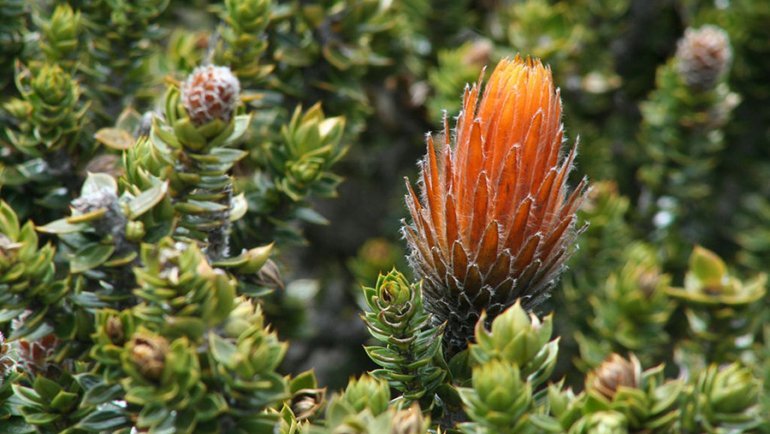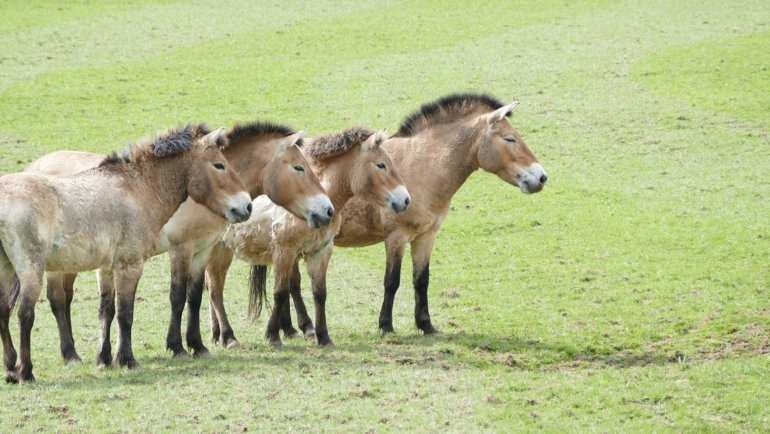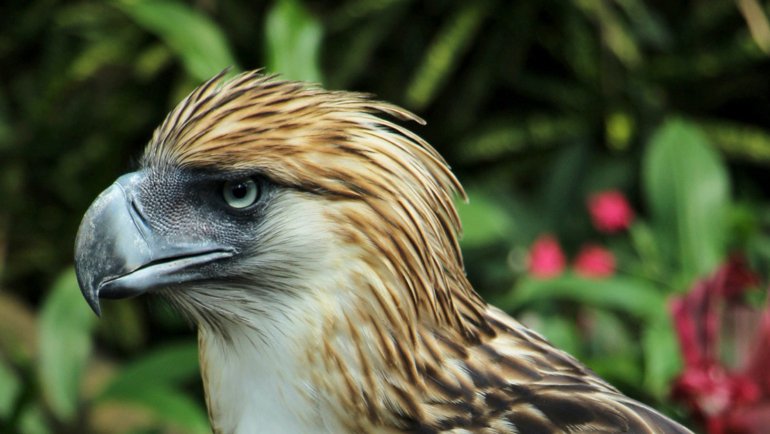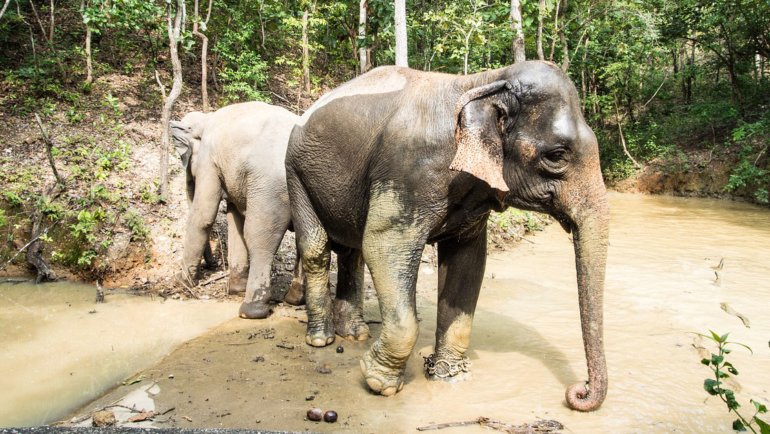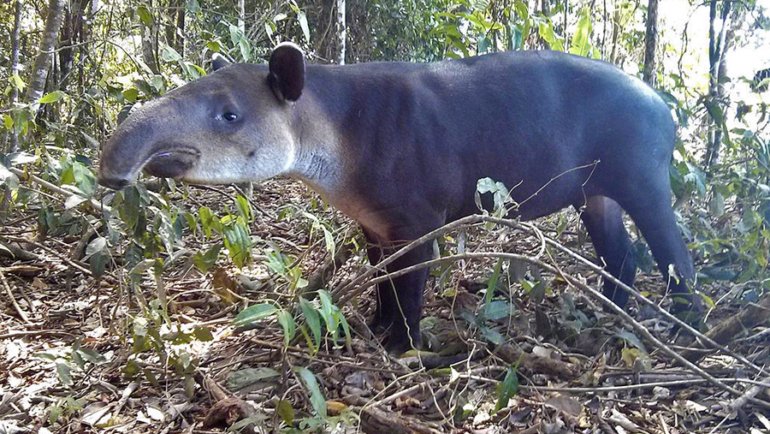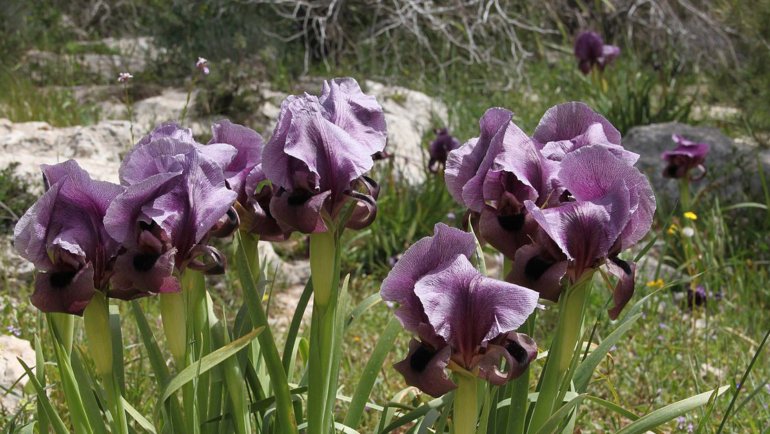Hello, nature lovers! Today, let’s embark on a journey to Yemen, a country of rich history and diverse landscapes. But did you know that Yemen is home to one of the most enigmatic and endangered creatures on the planet?
Meet the Arabian Leopard, Yemen’s national animal. This elusive big cat, smaller yet as majestic as its larger cousins, is a symbol of Yemen’s natural heritage.
And here’s a little secret: despite its dwindling numbers, the Arabian Leopard remains a symbol of grace and survival in Yemen’s mountainous terrains. Stick with me, and let’s unravel the mysteries of this beautiful yet critically endangered animal.
Quick Info About The Arabian Leopard
| Scientific Name: | Panthera pardus nimr |
| Average Size: | Total length: Males 182–203 cm (72–80 in), Females 160–192 cm (63–76 in) |
| Average Weight: | Males about 30 kg (66 lbs), Females around 20 kg (44 lbs) |
| Average Lifespan: | Leopards live on average 12-15 years in the wild |
| Geographical Range: | Originally across the Arabian Peninsula, now severely fragmented in Oman, Saudi Arabia, and Yemen |
| Habitat: | Rugged, hilly, and montane terrain |
| Conservation Status: | Critically Endangered (IUCN Red List) |
Meet the Arabian Leopard, National Animal of Yemen
Let’s get acquainted with the Arabian Leopard, a creature of stealth and beauty. This subspecies of leopard is notably smaller than its African and Asian relatives, yet every bit as majestic. Its fur ranges from pale yellow to deep golden or even grey, beautifully patterned with distinct rosettes that provide perfect camouflage in its rugged habitat.
Sexual dimorphism is evident in the Arabian Leopard, with males being larger and heavier than females. But what truly sets them apart is not just their size; it’s their solitary and elusive nature. These big cats are known for their agility and strength, capable of hauling prey much heavier than themselves up into trees.
In the ecosystem, the Arabian Leopard sits right at the top of the food chain. Predominantly carnivorous, it preys on a variety of animals, including small mammals and birds. It has no natural predators, except the most dangerous of all – humans.
 Source: Wikimedia Commons
Source: Wikimedia CommonsWhere Does The Arabian Leopard Live?
The Arabian Leopard, once roaming freely across the Arabian Peninsula, now finds its home in the fragmented and isolated terrains of Yemen, Saudi Arabia, and Oman.
In Yemen, this big cat prefers the rugged, hilly, and montane regions – environments that provide both the cover and the vertical advantage it needs for hunting and survival.
The climate in these regions varies, but the leopard has adapted to both the arid conditions and the more temperate zones of the highlands. Sadly, their habitats have been drastically reduced and fragmented due to human activities, making their survival in the wild a challenging feat.
Understanding the habitat and ecological role of the Arabian Leopard is crucial in appreciating its importance in Yemen’s biodiversity and the urgent need for its conservation.
Why and When Did The Arabian Leopard Become The National Animal of Yemen?
In 2008, Yemen bestowed the title of its national animal upon the Arabian Leopard, a move symbolic of both reverence and concern. This decision wasn’t just about celebrating a magnificent creature; it was a cry for help and protection for a species on the brink of extinction. The Arabian Leopard, with its grace, strength, and elusive nature, embodies the spirit of Yemen’s wild and rugged landscapes.
But why the Arabian Leopard? This animal holds a mirror to Yemen’s natural wealth and the challenges it faces. Its endangered status and the threats to its habitat, such as human encroachment, prey depletion, and poaching, reflect broader environmental concerns in Yemen.
By declaring it a national symbol, Yemen aimed to raise awareness and galvanize conservation efforts, not only for the leopard but for the country’s biodiversity as a whole.
There haven’t been notable controversies regarding its designation as a national symbol. However, the challenges in leopard conservation, such as balancing protection efforts with local community needs and economic activities, continue to be topics of discussion and action.
 Source: Wikimedia Commons
Source: Wikimedia CommonsWhere is The Arabian Leopard Featured in Yemen?
In Yemen, the Arabian Leopard’s presence as a national symbol is more abstract than explicit. Unlike some national animals featured on flags or currency, the Arabian Leopard’s representation is mainly in the realm of conservation efforts and environmental awareness campaigns.
Its status as the national animal hasn’t translated into widespread cultural or commercial representation. Instead, it serves as a flagship species for Yemen’s wildlife conservation initiatives. The leopard’s image is often used in educational materials and campaigns to highlight the importance of preserving Yemen’s natural heritage.
The Arabian Leopard’s role in Yemen is thus one of silent significance – a symbol that draws attention to the urgent need to protect the country’s unique and diverse wildlife.
Names of The Arabian Leopard
The Arabian Leopard, scientifically known as Panthera pardus nimr, is known by various names across the Arabian Peninsula. In Yemen and surrounding regions, this majestic cat may be referred to simply as the Arabian Leopard or by local names that reflect its characteristics and the reverence people hold for it. In Arabic, the word for leopard is “نمر” (namir).
In different languages and cultures across its range, the leopard may have unique names, each carrying the essence of the animal as perceived by local communities. Folk names often stem from the leopard’s attributes such as its stealth, beauty, or the rugged terrain it inhabits.
Is The Arabian Leopard Endangered?
The Arabian Leopard is classified as Critically Endangered, making it one of the world’s most endangered large cats. With an estimated wild population of only 45-200 individuals, the threats it faces are acute. These include habitat loss due to human expansion, depletion of prey, and poaching.
Conservation efforts for the Arabian Leopard are multi-faceted. Initiatives include the establishment and management of protected areas, like Yemen’s Hawf Protected Area and Oman’s Jebel Samhan Nature Reserve. These efforts focus on habitat preservation, improved management practices, and engaging local communities in conservation.
Cross-border cooperation and knowledge exchange programs, like those with South Africa and Oman, play a crucial role in enhancing conservation strategies and raising global awareness about the leopard’s plight.
 Source: Wikimedia Commons
Source: Wikimedia CommonsInteresting Facts About The Arabian Leopard
- Smallest Subspecies: The Arabian Leopard is the smallest subspecies of leopard, yet it’s the largest cat in the Arabian Peninsula.
- Captive Breeding Success: There has been some success in captive breeding, with the first Arabian Leopards being registered in a studbook in 1985.
- Cultural Significance: In local cultures, the Arabian Leopard holds a place of respect and is often associated with the wild and untamed aspects of nature.
- Adaptations: Adapted to rugged and mountainous terrain, this leopard has developed remarkable agility and strength, perfect for navigating its challenging habitat.
- Conservation Symbol: Beyond its physical attributes, the Arabian Leopard has become a symbol of wildlife conservation and the need to preserve natural habitats in Yemen and beyond.
Other Beautiful Animals Native to Yemen
- Arabian Oryx (Oryx leucoryx): A striking white antelope, revered for its beauty and endurance in arid environments.
- Yemeni Honey Badger (Mellivora capensis): Known for its toughness and resourcefulness, this small mammal is a symbol of survival.
- Arabian Gazelle (Gazella arabica): A graceful and agile animal, symbolizing the beauty of Yemen’s natural landscapes.
- Veiled Chameleon (Chamaeleo calyptratus): Native to the Arabian Peninsula, famous for its ability to change color and distinctive casque.
- Soqotra Cormorant (Phalacrocorax nigrogularis): A sea bird unique to the region, especially the Socotra archipelago.
Frequently Asked Questions
How many Arabian Leopards are left in the wild?
Estimates suggest there are only around 45-200 Arabian Leopards left in the wild, making them critically endangered.
What efforts are being made to conserve the Arabian Leopard?
Conservation efforts include establishing protected areas, community engagement, captive breeding programs, and international collaborations for habitat management and anti-poaching initiatives.
Why is the Arabian Leopard important to Yemen?
The Arabian Leopard is a symbol of Yemen’s natural heritage and biodiversity. Its conservation highlights the broader environmental challenges and efforts in the region.
What are the main threats to the Arabian Leopard?
Major threats include habitat loss due to human expansion, prey depletion, and poaching.
Can Arabian Leopards be found in zoos outside Yemen?
Yes, Arabian Leopards are part of captive breeding programs and can be found in several zoos and wildlife reserves, primarily in the Arabian Peninsula and some international facilities.
